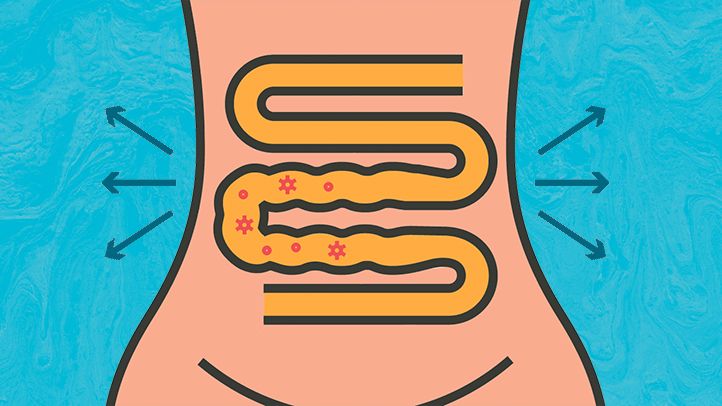Often referred to as the “milk hormone,” prolactin is vital for women’s health as it raises milk output before, during, and after pregnancy. Apart from its purposes in nursing, it supports the immune system and controls the menstrual cycle.
Women’s prolactin levels: their importance
Extremely high or low prolactin levels should be under control as they may lead to several issues related to reproduction. Hyperprolactinemia—defined as raised prolactin levels—may cause problems with bone health, irregular menstrual periods, and infertility. Maintaining a healthy general state depends on keeping an eye on and under control prolactin levels.
What Cabergoline Does and How It Works
When you take 0.25 mg of the dopamine agonist cabergoline, the pituitary gland quits producing prolactin. By preventing the release of the hormone, cabergoline lowers the excessive prolactin levels of the body by means of its dopamine analogic effect.
Review of Other Prolactin-Reducing Drugs
Comparatively to other medications, cabergoline is said to be a rather effective hyperprolactinemia treatment. Its popularity stems from its long-term benefits and reduced dosing frequency. A common choice for reducing prolactin levels is cabergoline as it is less likely to have negative effects than other treatments.
Cabergoline Treat high concentration of the hormone prolactin in the blood is known as hyperprolactinemia. During breastfeeding, the pituitary gland releases the hormone prolactin, which primarily boosts milk production. Among the many health issues that may arise from an abnormal rise in prolactin levels are menstrual cycle abnormalities, infertility, and erectile dysfunction. Cabergoline eliminates these issues by regulating prolactin levels.
Usually indicating raised prolactin levels
Among symptoms that could accompany rising prolactin levels in women include infertility, headaches, galactorrhea—abnormal milk production—and irregular menstrual cycles. Should these symptoms go unaddressed, they might seriously compromise a woman’s general well-being and reproductive health.
Effects on women’s fertility of high prolactin levels
Rising prolactin levels may throw off the delicate balance of reproductive hormones, causing ovulation failure and infertility. Women should be especially careful to regulate prolactin levels as hyperprolactinemia may compromise fertility but also increase their risk of osteoporosis and have long-term consequences on bone density.
How Cabergoline Reduces Prolactin Levels?
Using 0.25 mg of cabergoline proved to be efficient in reducing and maintaining normal prolactin levels. Effective decrease of prolactin production with cabergoline reduces symptoms of hyperprolactinemia and increases fertility in women with reproductive issues.
Research and Clinical Trials Supporting the Effectiveness of Cabergoline
Several clinical studies have shown that cabergoline safely and successfully addresses hyperprolactinemia. Research has shown that in women whose prolactin levels are high, cabergoline may effectively control prolactin levels, restore ovulation, and increase fertility. For women with prolactin-related issues, its efficiency makes it a dependable choice.
Tables for first dose and titration with reference to
Cabergoline is often used to regulate prolactin levels; the recommended beginning dose is 0.25 mg administered orally twice weekly. Your healthcare provider may progressively increase the dosage depending on your prolactin levels and personal response; so, it is advisable to follow their recommendations on dose changes. Take your time with the titration procedure; it will pay off finally.
Cabergoline 0.25mg is used to treat a variety of illnesses that arise from excessive production of the hormone prolactin. It may be used to treat pituitary prolactinomas, which are tumors of the pituitary gland, as well as certain menstruation issues and issues with fertility in both sexes.
Techniques for Administering Cabergoline to Control Prolactin
For best effects, take a full glass of water with your cabergoline. Whether or whether you eat comes totally within your control. Consistentity is rather crucial, hence taking it at the same time every day will allow you to remain constant. Should you find yourself missing a dose, don’t panic; simply take it as soon as you remember and go on as normal. Expert advice: Setting a reminder on your phone will help to greatly solve the issue.
Among the most often occurring negative effects to 0.25 mg of cabergoline are:
Side effects from cabaziline might include headaches, tiredness, vertigo, and disorientation. Usually, they fade away after your body adapts to the medication; hence, avoid letting these expected side effects mar your enjoyment. See your doctor should these symptoms not go away or become worse.
Women and Caucholine: What You Should Know Before Starting It
You should tell your doctor of any current medical problems or medicines you may be doing before getting on the cabergoline train. Not everyone should take betamethasone; individuals with uncontrolled hypertension or certain heart valve issues particularly should not use it. Safety of women has to be their top concern.
Why Constant Prolactin Monitoring Matters and What It Is
See your doctor for follow-up visits and blood tests at the intervals advised to help you to maintain a good level of prolactin. Based on what you discover by monitoring these levels, you could change your cabergoline therapy schedule. You are capable of maintaining equilibrium; all you need is some little adjustment.
Analyzing prolactin levels helps one to decide the ideal length of cabergoline therapy
Should the predicted increase in prolactin levels fail to materialize after the first dose of cabergoline, concern should not be voiced. By varying the frequency or dosage, your healthcare provider could determine what is best for you. Here, effective communication is really vital. Tell someone about any symptoms or concerns you may be experiencing to make sure you are moving toward the best possible treatment of your prolactin.
With 0.25 mg of cabergoline, women might find it simpler to maintain steady prolactin levels
Using cabergoline to treat prolactin does not call for an unpleasant experience. Make sure you follow the dose instructions, monitor your prolactin levels, and be on lookout for any potential adverse effects if you are in responsibility of your own health. Remember that your doctor is like a travel buddy; you can help each other to do this!




